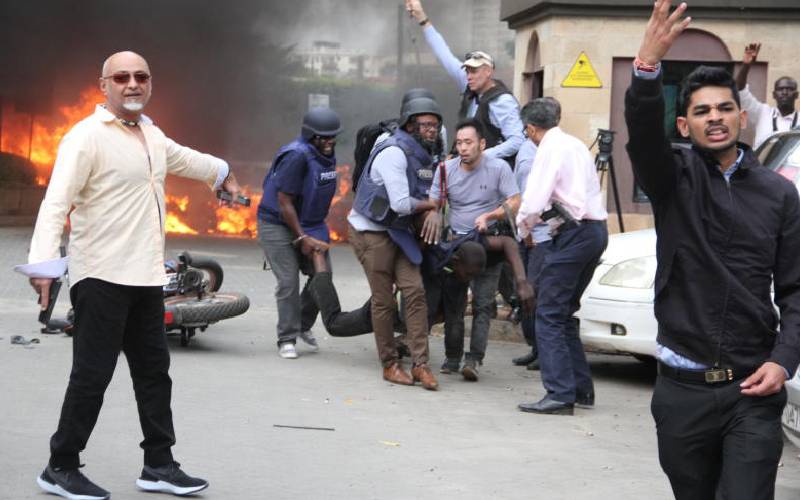×
The Standard e-Paper
Join Thousands of Readers

Inayat Kassam (left), evacuates victims of terror attack at dusitD2 Hotel last month. Authorities want to revive plans to close down Dadaab Refugee Camp to stem terrorism. [Edward Kiplimo,Standard]
Kenyan authorities are planning to revive the push to close down Dadaab Refugee Camp following last month’s dusitD2 complex terror attack in Nairobi in which 21 people were killed.